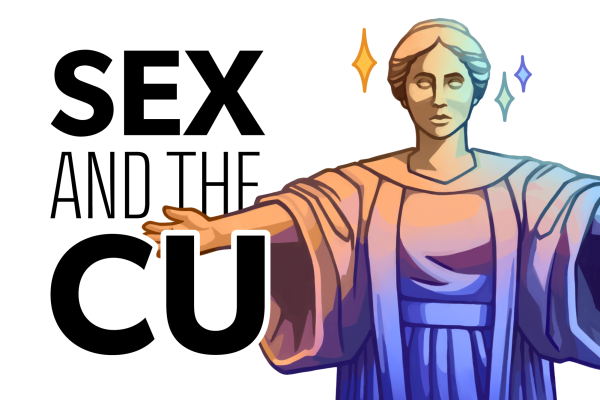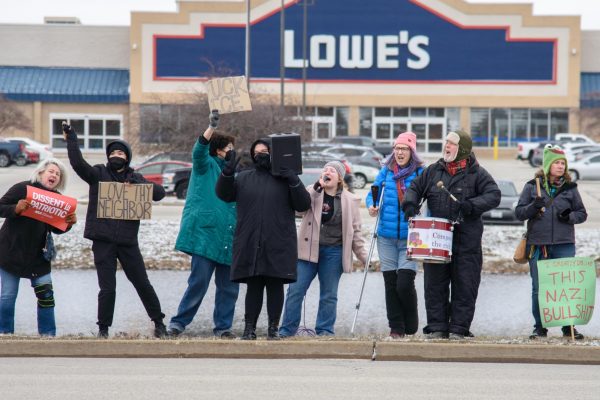Energy drinks try appealing to niche audiences

The new Ocean Spray energy drink called Cranergy is photographed during a promotional event on May 15 in New York. Ocean Spray recently launched Cranergy Energy Juice Drink, a low-calorie beverage that is sweetened with Splenda and caffeinated with green Mary Altaffer, The Associated Press
Jun 4, 2008
NEW YORK – Go Girl. King 888. Brain Toniq.
No, we’re not introducing new IM lingo. But when you’re competing with 250 energy drinks, according to a recent count from BevNET.com, a catchy name is crucial.
With more Americans searching for energy and willing to pay a premium for it – some energy drinks are $3 a can – many drink makers are hoping to duplicate the success of Red Bull, which sold 3.5 billion cans last year, according to company figures.
There are only so many concoctions you can make from caffeine, fruit flavors, sugar and Chinese herbs. But today’s energy drinks not only promise new benefits such as brain energy, they target new markets.
Now there are energy drinks for women (Go Girl Energy Drink), poker lovers (Pro Player) and spiritualists (Kabbalah Energy Drink), says Darin Ezra, CEO of Power Brands, which developed and launched those brands.
Get The Daily Illini in your inbox!
While Red Bull, along with Monster and Rockstar, appear to have a lockdown on the multibillion dollar industry, the energy drink category is evolving, says John Craven, founder of BevNET.com. He says 10 to 20 percent of the dollars being spent on energy drinks are from consumers who are eager to try new products.
“So there is certainly the possibility for other brands to make an impact,” he says.
In 2007, people drank 14.7 billion gallons of carbonated soft drinks and 8.7 billion gallons of water (not counting flavored and enhanced water), according to Beverage Marketing Corporation. That’s compared to 313 million gallons of energy drinks.
“There are a lot of new entrants because the segment is still pretty small,” says Garima Goel Lal, a senior analyst at Mintel, a Chicago market research firm.
But it’s clear there is not much room to grow for the traditional Red Bull, Monster-like drinks, says Judy Ramberg, vice president and consumer strategist for Iconoculture.
She calls those “Up Energy with a physical component” because of their association with sports, the caffeine rush and young males who want “power, strength, and endurance.” She says the market for these drinks is saturated.
So some beverage makers are tapping into new markets: Baby Boomers, Gen X-ers, the calorie conscious person.
They’re asking themselves, “Who else can be a part of this?” says Ramberg. “Would a 30-year-old woman be comfortable picking up a Monster and drinking it? Would a Boomer feel comfortable putting their body into a rush and then crashing?”
A lot of this is branding, but “each of these energy drinks has different components that will help with different things,” says Ezra, pointing out an energy drink for women may be in lower in sugar and calories.
Ramberg says she is seeing more energy drinks that focus on mental energy. Brain Toniq calls itself “The clean and intelligent think drink,” containing nutrients it says helps the brain.
She also says the market for “down energy drinks,” that focus on balance and equilibrium is growing, with products like Firefly, whose “Chill out” tonic contains ingredients like lemon balm and bitter orange flowers, to “ease the stress of a manic day.”
“It’s about putting me in balance, putting me in sync with my rhythm,” says Ramberg. “You start seeing words like vitality, whether it’s reducing stress or fending off depression.”
Also becoming more popular are enhancement drinks, that promise to brighten moods, such as Vegas Fuel, or help with weight management like Coke’s Enviga, “proven to burn calories” and Tab Energy, a low-calorie beverage that is “Fuel to be Fabulous.”
Those are finding their niche among women, many of whom are seeking sustained energy, and turning to drinks like 5-Hour Energy, a sugar free shot that promises hours of energy and no crash later.
Ocean Spray recently launched Cranergy Energy Juice Drink, a low-calorie beverage that is sweetened with Splenda and caffeinated with green tea extract.
The target customer is the working mom who needs that boost when she gets home to take care of dinner and kids, but doesn’t want something that is going to keep her up all night, says Ken Romanzi, chief operating officer of Ocean Spray’s domestic food and beverage business. He calls it a “better for you energy drink.”
While it seems there is already something for everyone, Hemphill says he doesn’t see the energy drink category slowing down. Caffeine seems to be making its way into our water, oatmeal and candy.
“We think energy is a bona fide established category that’s going to be around for a long time,” says Hemphill. “But we don’t see it surpassing some of the largest traditional categories. At least not anytime soon.”





